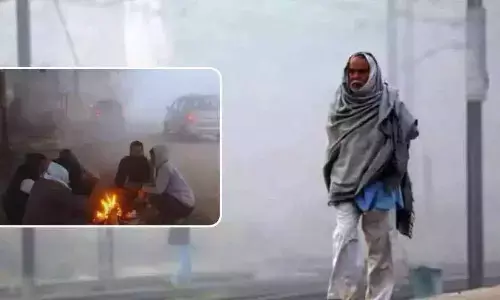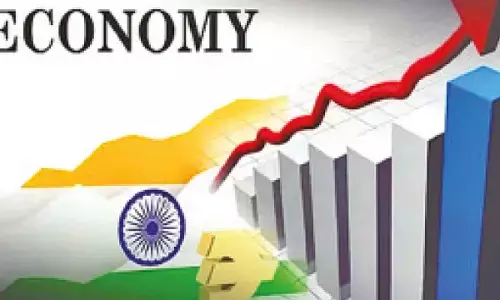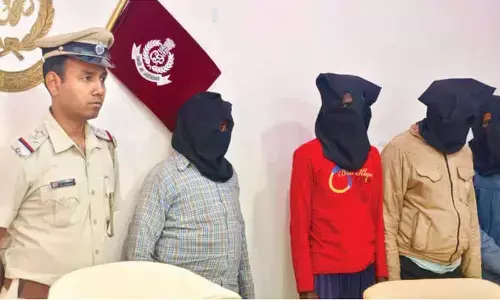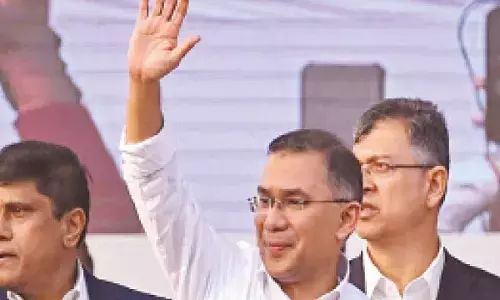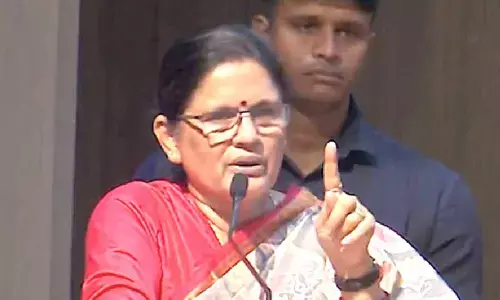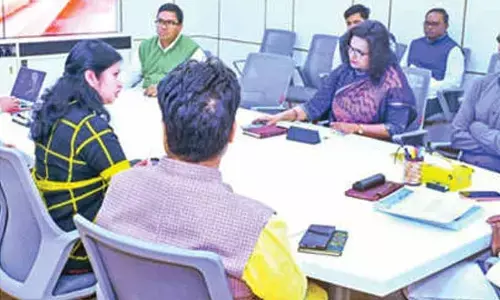Compelling need to expand UN Security Council
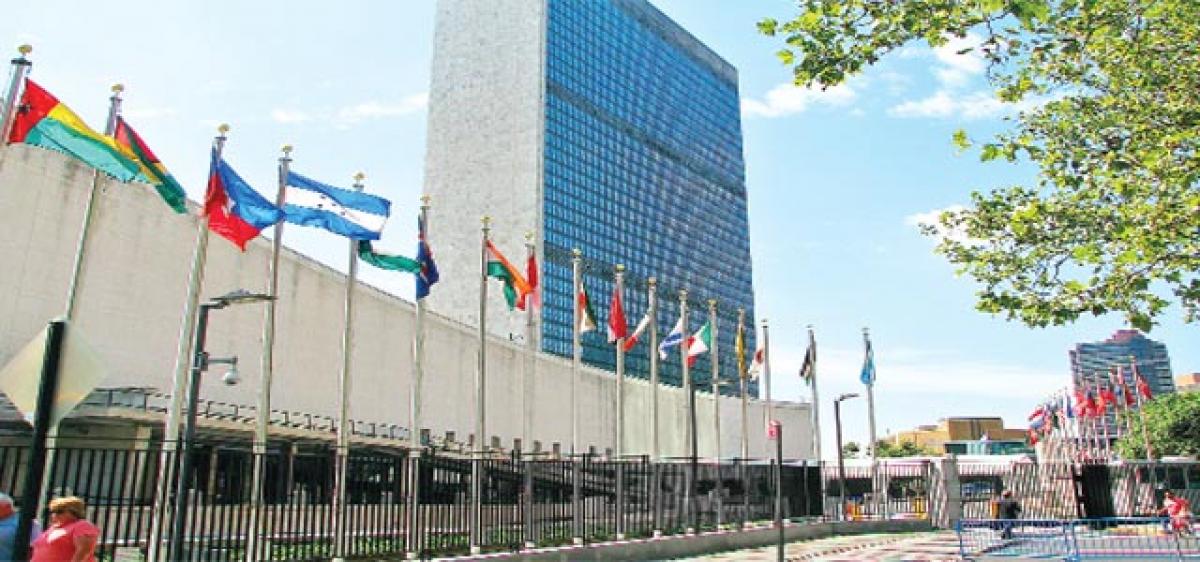
By all accounts, October 24 of every year is a red-letter day in the annals of world history. It was on this day in 1945 that a new world order was introduced whereupon all nations could live in peace and harmony.
By all accounts, October 24 of every year is a red-letter day in the annals of world history. It was on this day in 1945 that a new world order was introduced whereupon all nations could live in peace and harmony. Given the worldly disorder that was prevalent during the turbulent times, the then statesmen-leaders sat together and mooted the idea of floating a global body that could work towards ushering in peaceful days by putting an end to decades of animosities and bloodshed.
The maturity in thought and the need for evolving a healthy global atmosphere that was devoid of distrust stemming from open hatred for one another paved the way for the creation of the United Nations Organisation (UNO). The tryst with history was on October 24, 1945. The historic necessity was the result of the catastrophic destructions caused by World War I (1914-1918) and World War II (1939-1945).
The scourge of the latter was such that millions lost their lives, many more were incapacitated for life and the loss of property was beyond mortal imagination. In order to avoid recurrences of such destructions and shred the overriding fear-psychosis that prevailed, the UNO was formed as a collective global unit, whose essential duty was to ensure an amicable co-dwelling across the world.
It was the trendsetting San Francisco Conference that gave shape, and birth, to the UNO, the Charter of which makes it clear that it was being established to address the harrowing suffering caused by the Second World War that eventually ended with the equally destructive bombing of Hiroshima and Nagasaki.
The UNO holds hope for a lasting peace based on recognition of sovereign equality of all member-states that could translate into better economic and social conditions for millions, who were victims of constant oppression and exploitation. It remains the only international body that is moulding and redefining socio-economic, cultural and political concepts around the world.
Looking back, one could perhaps state that it has largely succeeded in maintaining world peace, albeit not completely. Giving credence towards the achievements are the manner it tackled thorny issues like the Korean War in 1951; Vietnam crisis (1967); Kuwait crisis (1991); Iran-Iraq war (1991) and the Afghanistan unease, to name some of them.
A good augury was that the body was decentralized into six main organs as a measure of having an effective functioning, although General Assembly and the Security Council play a pivotal role in spearheading the entity. The General Assembly, which sits for a month-and-a-half from the third week of September, consists of all member-states.
It chalks out the future plans of the organisation. The second, and inarguably more potent, body is the Security Council, which comprises of five permanent members-United States, Great Britain, France, Russia and China and ten non-permanent members, who are elected for a two-year term each on a rotation basis.
The Security Council is mandated to preserve al-round peace and take stock of the situation during its sittings, which is for almost the entire year.
Alas, for all its universal appeal, the body is not without its set of flaws, glaring ones at that. The composition of Security Council is so shallow that only the big five enjoy superlative stranglehold as they are armed with veto power, which can make or break fellow-nations.
In contrast, the non-permanent members are devoid of this supreme power, which reflects the glaring anomaly that prevails in the system. Moreover, the Security Council is not a true-blue reflection of a global composition as it is still in the hands of the old guard. Lots of demands have been made out for revamping the structure whereupon the Security Council could be expanded with some ‘qualified’ members being roped in as the Council’s permanent members.
Vociferous demands for such measures are being made out by potential candidates and others like India and Japan (Asia); Egypt, Nigeria and South Africa (Africa); Germany (Europe); Brazil (South America) and Australia from Asia-Pacific nations. Lest one forgets, these countries comprise of forty percent of the world population and represent an overwhelming cultural, geographical, social and political will of the world.
Prime Minister Narendra Modi, like his predecessors, has been vocal and strident with regard to the demand to elevate India as a permanent member of the Council. Sadly, but not surprisingly, the demands are being subject to outlandish and outright rejection by the big five, who fear that should some more countries be taken on board, then the clout they have been enjoying all along would be throttled, once and for all.
An even more brazen truth is that even after being in existence for 71 years to the day, approximately 60 members are yet to make the Council cut, largely because the permanent members checkmate such bids by those nations the five presume are hostile to them, for one political reason or the other.
This callous attitude and the step-motherly treatment meted out to Third World nations make a mockery of the parameters and the very foundations on which the UNO was built upon. Today, as the world celebrates yet another UN Foundation Day, to commemorate its existence braving myriad odds and tribulations across various spectrums, one joins billions of others who all hope that the incumbent Secretary-General Antonio Guterres succeeds in taking forward the expansion and restructuring process.
This step is bound to add strength to the Security Council and the United Nations, failing which the hegemony of the big five may continue to wreak havoc and put a blot on societal order of oneness. (The writer is Principal and Head, University College of Law, Telangana University, Nizamabad)
By Dr jetling Yellosa










